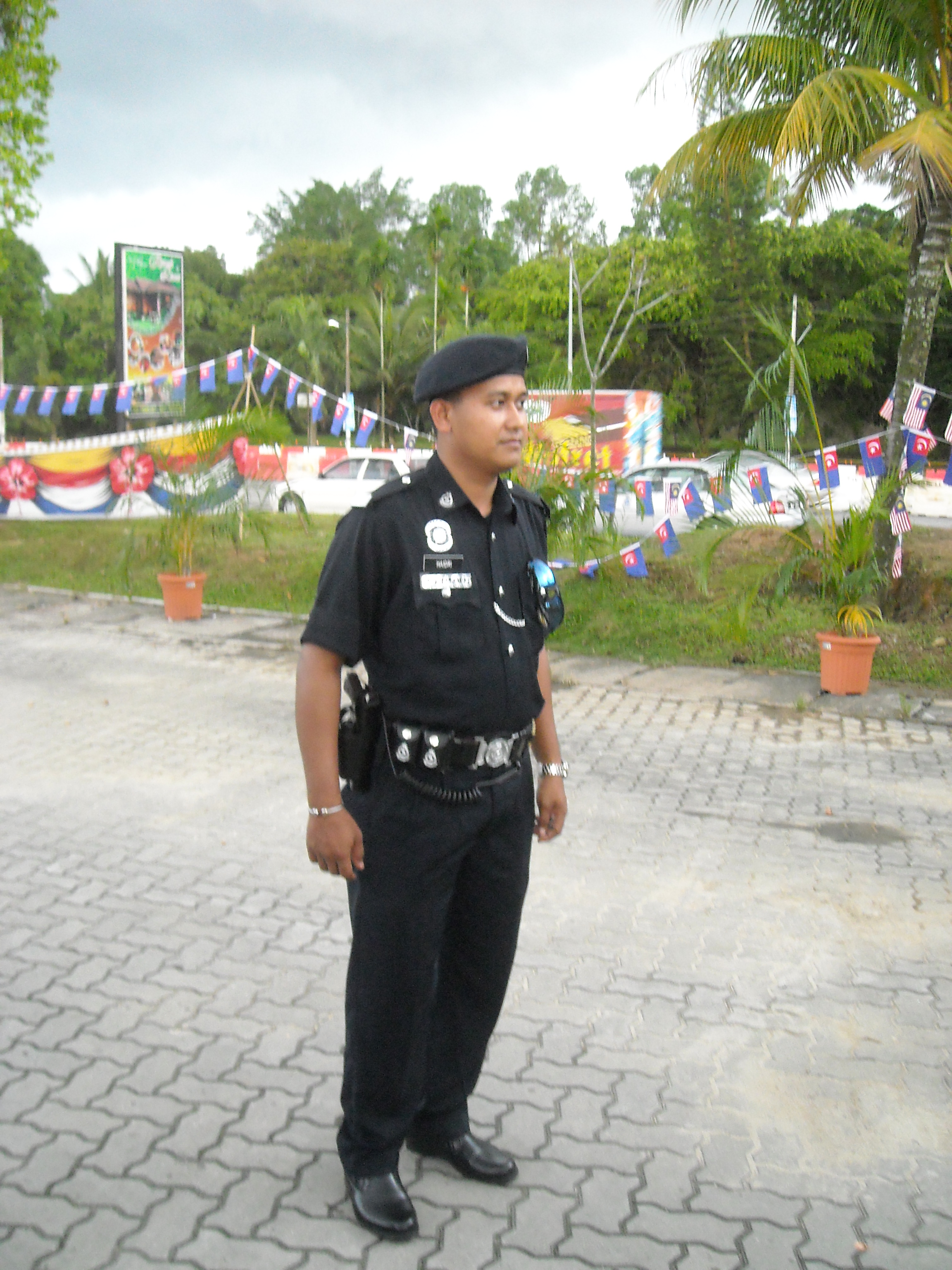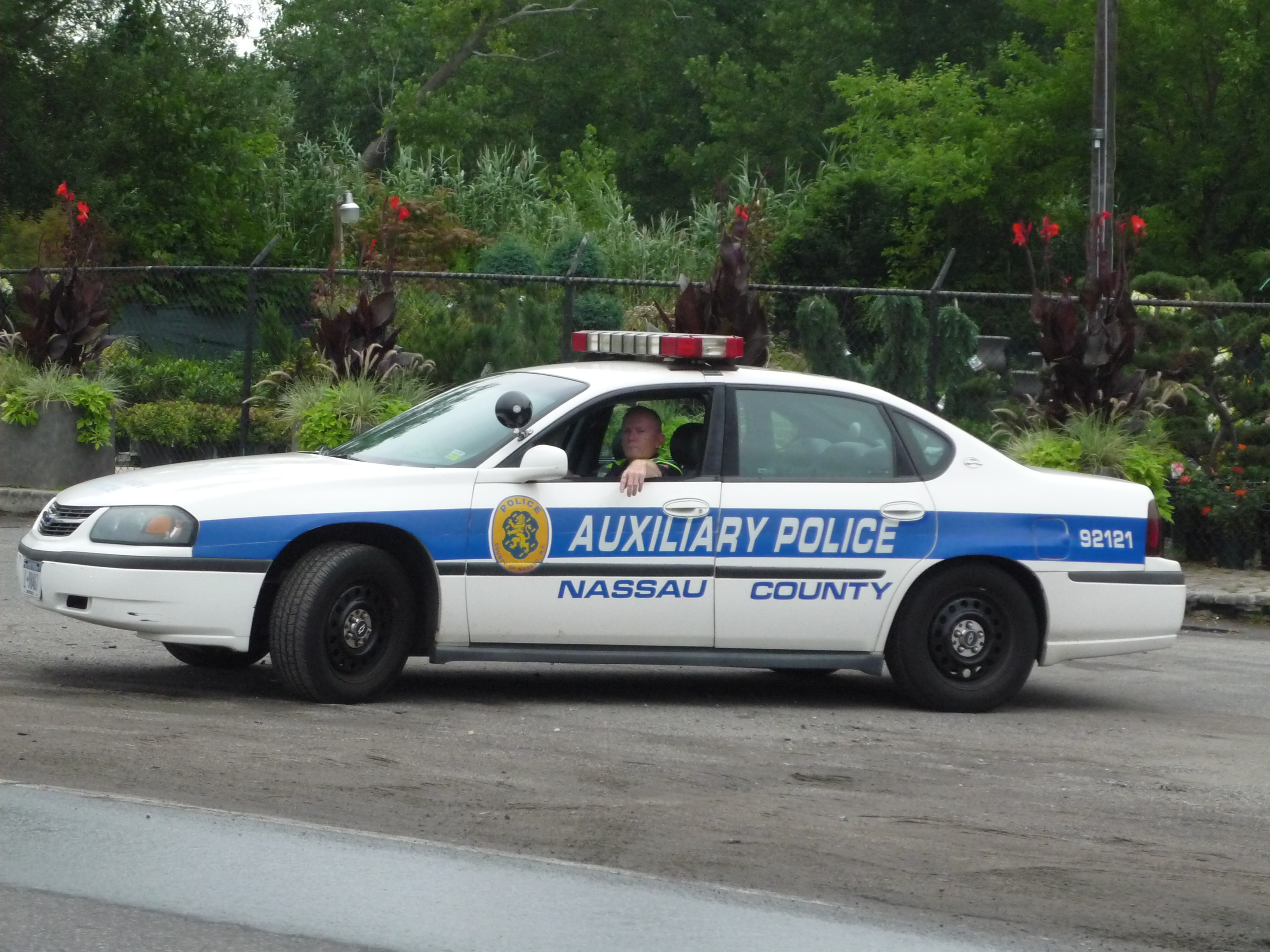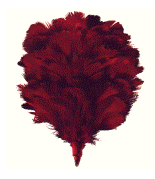|
Uniform Beret
This article describes the use of the beret as part of the uniform of various organizations. The use of the beret as military headgear is covered in a dedicated article, Military beret. Police and paramilitary organizations Austria Blue berets are currently in use with the Bundespolizei and have differing emblembs indicating their line of service. Germany During the Cold War, West German police and the BGS were required to wear green beret with the emblem of either their state or the BGS insignia. Today, dark berets are in use with riot police units of state police forces. The successor of the BGS, the Bundespolizei reserved green berets for members of its elite GSG9 while the beret for riot police was ditched in favor of base caps, but many officers wished for berets to be reintroduced. In spring 2020 reintroduction of dark blue berets for these units began. Hong Kong The navy blue beret is the standard headgear of officers of the Police Tactical Unit of the Hong Kong P ... [...More Info...] [...Related Items...] OR: [Wikipedia] [Google] [Baidu] |
Beret
A beret ( , ; ; ; ) is a soft, round, flat-crowned cap made of hand-knitted wool, crocheted cotton, wool felt, or acrylic fibre. Mass production of berets began in the 19th century in Southern France and the north of History of Spain (1808–1874), Spain, specifically in the Basque Country (greater region), Basque Country, where they were already common headwear, and the beret remains associated with these countries. Berets are worn as part of the uniform of many military and police units worldwide, as well as by other organizations. History Archaeology and art history indicate that headwear similar to the modern beret has been worn since the Bronze Age across Northern Europe and as far south as ancient Crete and Italy, where it was worn by the Minoan civilization, Minoans, Etruscans and Ancient Rome, Romans. Such headgear has been popular among the nobility and artists across Europe throughout modern history. Dutch artist, Rembrandt, 15 July 1606 - 4 October 1669, was w ... [...More Info...] [...Related Items...] OR: [Wikipedia] [Google] [Baidu] |
Special Actions Unit (Malaysia)
The Special Actions Unit (, Jawi script, Jawi: اونيت تيندق خاص), commonly known as and abbreviated to UTK, is a police tactical unit, tactical unit of the Royal Malaysia Police (RMP). The unit is headquartered at the RMP buildings in Bukit Aman, Kuala Lumpur. Together with the VAT 69 Commando, 69 Commando (), they form the ''Pasukan Gerakan Khas'' ('Special Operations Command – Police SOCOM'). The UTK performs as a high-level national tactical unit, providing 24-hour Bodyguard, close protection to high ranking government executives, as well as their partners. Additionally, undercover and covert missions are also conducted by the unit's members. UTK operators are especially trained to intervene in high-risk situations, such as hostage and barricade situations by hostile forces; especially highly trained terrorists and/or criminals. UTK is the earliest and most experienced unit in dealing with international terrorist organizations inside and outside Malaysia. The ... [...More Info...] [...Related Items...] OR: [Wikipedia] [Google] [Baidu] |
Senoi Praaq
The Senoi Praaq (''War People'', ) is a unit of the Royal Malaysia Police made up almost entirely of the tribal people of Peninsular Malaysia known as the Orang Asli (aborigines). The name Senoi Praaq means ''war people'' or ''those who fight'' in the Semai language. Roy Davis Linville Jumper considered them ''one of the finest jungle fighting forces'' and was highly successful in diminishing the threat by communist forces during the Malayan Emergency. History Roots of the Senoi Praaq One source for the following is ''Death Waits in the Dark'', by Roy Davis Linville Jumper, Greenwood, 2001. Jumper has also written other books that are directly or indirectly related to the Senoi Praaq, Orang Asli, and the Malayan Emergency. They are, ''Power and Politics: The Story of Malaysia's Orang Asli'', 1997; ''Orang Asli Now: The Orang Asli in the Malaysian Political World'', 1999; ''Ruslan of Malaysia: The Man Behind the Domino That Didn't Fall'', 2007. The Senoi Praaq was the brainchil ... [...More Info...] [...Related Items...] OR: [Wikipedia] [Google] [Baidu] |
Federal Reserve Unit
The Federal Reserve Unit (), or better known by the abbreviation as FRU, is a riot control force and a paramilitary special response team that can be deployed at any time to engage in any emergency or public unrest in Malaysia. History The team was established on 5 December 1955. Starting with three troops, FRU has successfully overcome the problems of public order such as strikes and riots that happened in the early years of the 1950s. From 1990 onwards, FRU also played an important role in handling organised riot that have sparked from the arrest of Anwar Ibrahim. FRU also played role in controlling football riots. Roles The main role of this unit is to disperse illegal assembly, riot suppression and to carry out other functions relating to Public Order. The unit is self-contained and capable, highly mobile and become Public Order Reserve Units. When this unit is not involved in Public Order duties, it can be assigned by the Commanding Officer to assist the Chief of Police, ... [...More Info...] [...Related Items...] OR: [Wikipedia] [Google] [Baidu] |
Police Undergraduate Voluntary Corps
Police Undergraduate Voluntary Corps is an undergraduate police volunteer organisation in Malaysia. They are undergoing periodic training times to times in 3 years in their respective university and will be commissioned as Police Volunteer Reserve Corp (Malaysia) Inspector by the Inspector General of Police in the end of the 3 years training. History The idea of establishing Kor-Sukarelawan Siswa Polis's (SUKSIS) was inspired by YAB Dato' Seri Abdullah Hj. Ahmad Badawi, the 5th Malaysian Prime Minister. The establishment of SUKSIS corps in Malaysian Higher Learning Institution is believed to help producing excellent graduates who comply own viable competence, discipline and furnished with noble values, and high self-esteem. In 2002, the Malaysian prime minister suggested to the former Inspector General of Police, Tan Sri Bakri Haji Omar to establish a curriculum in universities to bridge the gap between university students and the police. The main objective is to expose the po ... [...More Info...] [...Related Items...] OR: [Wikipedia] [Google] [Baidu] |
Police Volunteer Reserve Corp (Malaysia)
The Royal Malaysia Police Volunteer Reserve (RMPVR) (Malay: Sukarelawan Simpanan Polis) is a team of special police as well as the supporting element to the full-time Royal Malaysian Police force where normal citizens could volunteer to help to maintain peace and security of their respective formation. The RMPVR officers is mainly composed of professionals such as the architects, engineers, lawyers, teachers, doctors, businessmen and senior government officers. Under the National Blue Ocean Strategies, in 2017, government drive to recruit RMPVR officers is targeted to have 50,000 people from all walks of like . Currently, there are 6,975 PVR officers in Malaysia as of 31 December 2022. A police volunteer reserve officer when performing police duties shall have the same powers and duties and the same protection and immunities and shall be subject to the same authority and discipline as a regular police officer of corresponding rank. This means RMPVR officers have identical powers ... [...More Info...] [...Related Items...] OR: [Wikipedia] [Google] [Baidu] |
Auxiliary Police
Auxiliary police, also called volunteer police, reserve police, assistant police, civil guards, or special police, are usually the part-time reserves of a regular police force. They may be unpaid volunteers or paid members of the police service with which they are affiliated; There is no consistent international definition. Auxiliary police are primarily tasked with supporting and augmenting the police, but this may also extend to established emergency services such as the fire department (and in the case of fire police), emergency medical services, border guard, and coast guard. Duties commonly assigned to auxiliaries include community policing, neighborhood watch, traffic policing, civil defense, and riot control. The police powers auxiliaries may exercise vary from agency to agency; some have no or limited authority, while others may be accorded full police powers. They may be armed or unarmed. Australia The Australian Federal Police can appoint special members who do ... [...More Info...] [...Related Items...] OR: [Wikipedia] [Google] [Baidu] |
Hackle
The hackle is a clipped plume or short spray of coloured feathers that is attached to a military headdress, with different colours being associated with particular regiments. In the British Army and the armies of some Commonwealth countries, the hackle is worn by some infantry regiments, especially those designated as fusilier regiments and those with Scottish and Northern Irish origins. The modern hackle has its origins in a much longer plume, originally referred to by its Scots name, ''heckle'', which was commonly attached to the feather bonnet worn by Highland regiments (now usually only worn by drummers, pipers and bandsmen). The smaller version originated in a regimental emblem adopted by the 42nd Royal Highland Regiment, to be worn in the sun helmet issued in hot-weather postings from the 1870s. British Army Hackle colours in British fusilier regiments Modern fusiliers In the modern British Army, there is a single regiment of fusiliers, plus a battalion of a large ... [...More Info...] [...Related Items...] OR: [Wikipedia] [Google] [Baidu] |
General Operations Force
The General Operations Force (GOF; ; PGA, Jawi: ) serves as the light infantry arm of the Royal Malaysia Police. It was originally established in 1948 during the Malayan Emergency by the British colonial administration. At that time, the police force was mobilised for a paramilitary role, primarily tasked with countering the Communist insurgency in Malaya's jungles. In 1953, the unit was renamed the Police Field Force (). Before that, it was widely known as the Jungle Squad (), a name reflecting its primary role in jungle warfare. The GOF is currently commanded by Deputy Commissioner of Police Dato' Mohamad Suzrin Mohamad Rodhi, who serves concurrently as the Deputy Director of the Internal Security and Public Order Department (General Operations Force) or in Malay as ''Timbalan Pengarah KDNKA (PGA)''. History Origin: Malay States Guides The origins of the General Operations Force (GOF) trace back to the Malay States Guides (), a paramilitary regiment established in 182 ... [...More Info...] [...Related Items...] OR: [Wikipedia] [Google] [Baidu] |
Royal Malaysia Police
The Royal Malaysia Police (often abbreviated RMP) (; Jawi script, Jawi: ), is a (primarily) uniformed national and federal police force in Malaysia. The force is a centralised organisation, and its headquarters are located at Bukit Aman, Kuala Lumpur. The police force is led by an Inspector-General of Police (IGP) who, , is Razarudin Husain. Since 10 May 2024, the King of Malaysia, Yang di-Pertuan Agong is also the Honorary Commissioner-in-Chief of Police (Malaysia), Honorary Commissioner-in-Chief of the police force. The constitution, control, employment, recruitment, funding, discipline, duties and powers of the police force are specified and governed by the Police (Malaysia) Act 1967, Police Act 1967. The RMP constantly co-operates with police forces worldwide, including from those six neighbouring countries Malaysia Borders of Malaysia, shares a border with: Indonesian National Police, Philippine National Police, Royal Brunei Police Force, Royal Thai Police, Singapore Poli ... [...More Info...] [...Related Items...] OR: [Wikipedia] [Google] [Baidu] |
Polizia Penitenziaria
The Polizia Penitenziaria (English: Prison Police), formally the Corpo di Polizia Penitenziaria, is a Law enforcement in Italy, law enforcement agency in Italy which is subordinate to the Ministry of Justice (Italy), Italian Ministry of Justice and operates the Italian prison system as corrections officers. Vatican City, an independent state, does not have a prison system, so the Vatican sends convicted criminals to the Italian prison system. According to Interpol, this force (as part of the Ministry of Justice) has a "nationwide remit for prison security, inmate safety and transportation". Operations The Polizia Penitenziaria carries out the functions of the Judicial Police, Public Safety, Traffic Police, and Corrections. They support other law enforcement agencies, such as with traffic roadblocks (known as ''controllo''). Weapons The Polizia Penitenziaria are an armed police force, like most Italian police forces, and it uses a variety of firearms and weapons for self-defenc ... [...More Info...] [...Related Items...] OR: [Wikipedia] [Google] [Baidu] |






